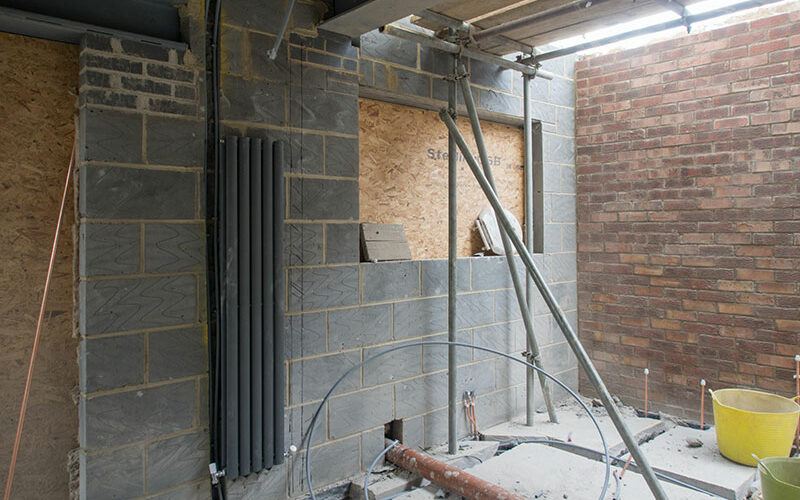Advertisement
Embarking on a new construction or renovation project? Plumbing is an integral component, and understanding its installation process can significantly influence your budget and project timeline. One key element to be aware of is the rough-in plumbing cost per fixture. This cost can vary depending on your region, the complexity of the installation, and the type of fixtures selected. Here, we demystify the three primary stages of plumbing installation – from the underground rough-in to the finishing phase – that builders and homeowners alike should be familiar with. By being informed about these stages and associated costs, you can better anticipate potential expenses and ensure a smoother construction process.
Underground Rough-In Phase:
This foundational step deals with laying the groundwork. At this stage, the piping infrastructure is positioned underground, forming the primary network upon which the rest of the system will build.
Aboveground Rough-In Phase (Top-Out or Stack-Out):
Elevating from the groundwork, this phase focuses on the installation of pipes above the ground. This establishes the vertical components, ensuring that water can travel to and from different parts of the building effectively.
Finishing Phase (Trim-Out or Trim Finish):
This is the concluding stage where all finishing touches are added. Faucets, fixtures, and other plumbing accessories are installed, bringing functionality and aesthetic appeal to the entire system.
While these three phases form the crux of the installation, there’s an additional ongoing phase worth noting: Service and Maintenance. Considered the “fourth phase”, it emphasizes the importance of regular upkeep to ensure the system’s longevity and optimal performance.
Understanding the Finishing Phase
During the finishing phase, the plumber’s role is to install various fixtures like sinks, showers, toilets, and appliances, which includes items like dishwashers, water purification systems, and water heaters. This also includes connecting fireplaces and other gas-dependent appliances.
After the successful installation of every fixture, your plumber should thoroughly inspect each one for any potential leaks. The plumber may also have the responsibility to install automatic controls to manage the pressurized pipe system.
Note: If your plans include the installation of a claw foot or freestanding tub, this will be executed during the finishing phase, not during rough-in. The same holds true for certain showers that are positioned into place.
Service and Maintenance Insights
Every plumbing system, irrespective of its installation quality, requires regular maintenance and occasional repairs. Viewing service and maintenance as the “fourth phase” of plumbing projects wouldn’t be amiss.
Plumbers, during their maintenance routine, execute a multitude of tasks including:
- Examining lubrication levels, testing gauges, and meters.
- Mending malfunctioning fixtures and components.
- Confirming the smooth operation of the system.
- Adjusting flow and usage metrics.
In Summary
Tuckers provides a straightforward and thorough overview of the steps involved in new plumbing installations:
- The plumber drafts measurements for all intended pipelines, designing a route through walls, floors, and ceilings. This includes anticipating the removal of components like drywall and tiles.
- The plumber identifies points of connection between the new plumbing and any existing systems, deciding if additional components like valves or seals are required.
- The plumber evaluates the space necessary for new installations like sinks or toilets, ensuring that the designated space is aptly suited and the structure can bear the weight.
- The main water supply to the area being worked on is turned off (or, if necessary, the entire property).
- To safeguard the vicinity, the plumber lays protective plastic sheeting.
- The intended path for the new pipes is then cleared, involving steps like cutting away drywall or removing tiles.
- The plumber meticulously installs the new pipes, ensuring that all connections are secure.
- New appliances, such as sinks or toilets, are then installed.
- These appliances are then connected to the new pipes.
- The plumber secures the fixtures in place, checks water connections, and tests the functionality of the installations.
- Restoration work follows, which includes tasks like sealing up drywall, repositioning tiles, and ensuring the space returns to its original state.
Although introducing new plumbing can be a considerable project, with the right contractor and thorough planning, you can achieve the bathroom or kitchen of your dreams.

